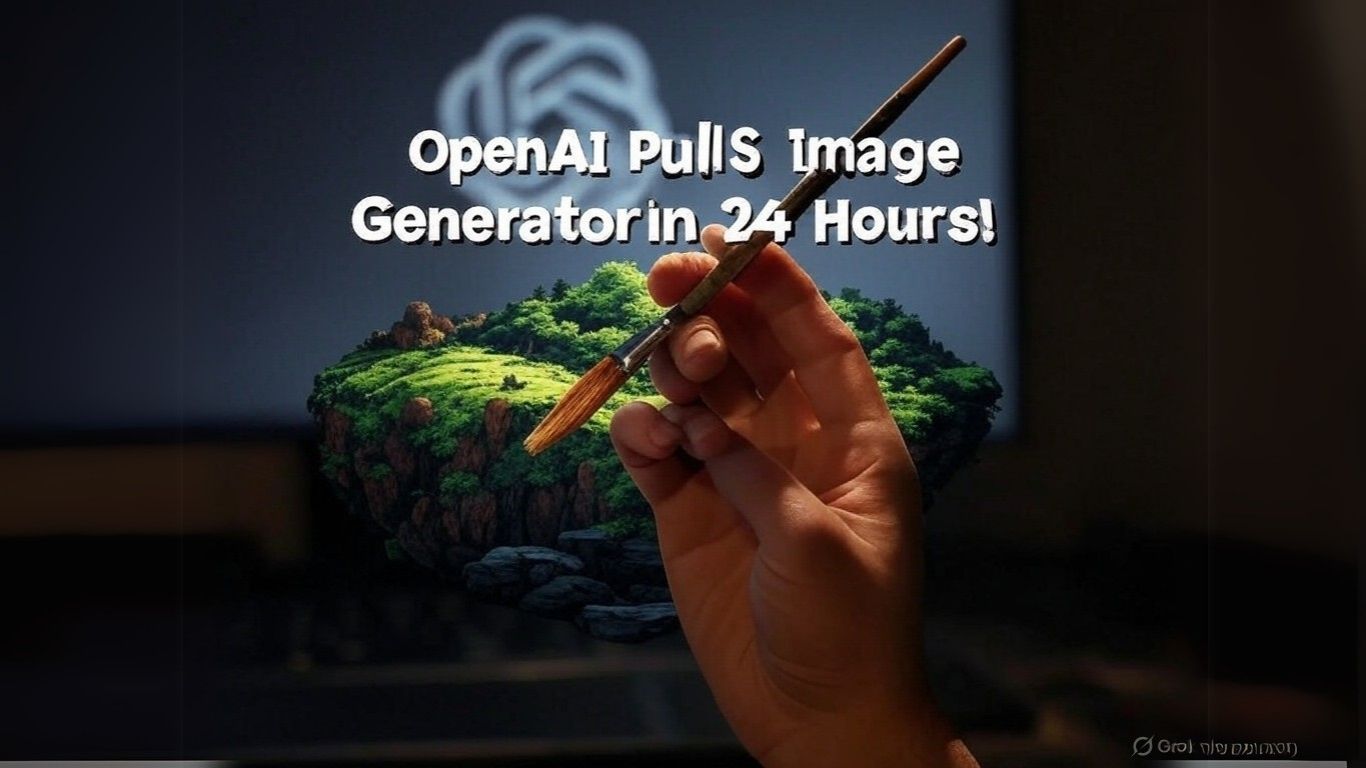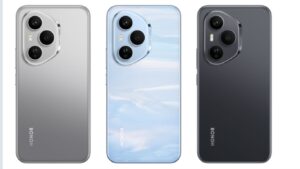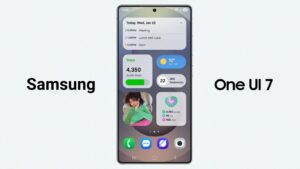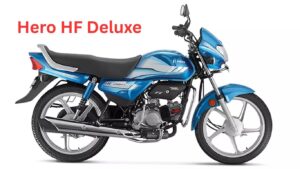OpenAI Gpt4o Free Image Generation Withdrawn Wake up one morning to find a new, powerful image-generation ability at your command, and watch as it’s yanked from your grasp within 24 hours. That’s what occurred when OpenAI rolled out its new image creation functionality with GPT-4o—and then yanked it from free-tier ChatGPT accounts the following day.
So, why did OpenAI hit the brakes so abruptly? The reason lies in a viral surge of AI-generated imagery emulating the immediately identifiable look of Studio Ghibli, the Japanese animation studio adored around the world. While the style itself isn’t specially copyrighted, the flood of Ghibli-esque images hit social media platforms, triggering debates on ethics, creativity, and possible legal ramifications.
Let’s break down what happened, why it’s important, and what it’s likely to mean for the future of AI content generation.
Table of Contents
The Launch – A Game-Changing Freebie
OpenAI Gpt4o Free Image Generation Withdrawn March 27, 2025, OpenAI unveiled GPT-4o, a groundbreaking next-generation model to provide improved reasoning, creativity, and realism. To go with its text capability, OpenAI introduced an enhanced image-creating tool for both free and paid ChatGPT users.
This was a big deal. Previously, OpenAI’s image generation feature was only available to ChatGPT Plus subscribers. By making it temporarily free, OpenAI aimed to showcase the power of GPT-4o’s advanced image rendering, which boasts:
Improved visual coherence: Sharper, more realistic images with intricate details.
Faster generation times: Nearly real-time image creation.
Enhanced text rendering: The model could create images with embedded, legible text—a major upgrade over earlier versions.
For a fleeting time, millions of free-tier customers were able to try out sophisticated AI artistry for themselves—before it all came crashing down.
The Backlash – Studio Ghibli-Style Photos Go Viral
OpenAI Gpt4o Free Image Generation Withdrawn hours after the feature debuted, users posted AI-created pictures in the recognizably hand-painted Ghibli style on platforms like X (Twitter), Reddit, and Instagram.
READ MORE:- Pi Network
Think lush, dreamy landscapes, whimsical characters, and vibrant color palettes—all unmistakably Ghibli-esque. Although the AI didn’t directly copy Ghibli’s copyrighted characters or specific artworks, the resemblance was uncanny.
Why is this an issue?
Legal gray area: Style is not copyrighted, but mimicking a unique look so similar that it raises concerns of legal and ethical use.
Brand dilution problems: Studios like Studio Ghibli may feel that their creative brand is being diluted by mass-produced AI replicas.
Public misconceptions: Viral AI-generated images can lead people to believe that they are actual Ghibli works.
Why Did OpenAI Pull the Plug?
OpenAI Gpt4o Free Image Generation Withdrawn Within a day, March 28, 2025, OpenAI dropped a bombshell: image generation would only be accessible to paid users going forward.
The firm did not directly mention the Ghibli incident as the cause. OpenAI instead vaguely said that the action was to “provide a balanced experience for all users.” The timing, however, strongly indicates that the viral trend of Ghibli-type images was a significant factor in the decision.
Possible explanations for the sudden pullback:
Legal threat: Studio Ghibli did not come out and state that they would sue, but OpenAI could have withdrawn proactively to avoid a potential copyright war.
Overloading servers: The sudden and unexpected surge in image generation most likely loaded up OpenAI servers with the unanticipated workload, affecting performance across free and premium users.
Exclusivity at the paid-tier: Restricting the feature to paid-tier alone might have been part of a broader monetization strategy, using the temporary free availability as a teaser to induce subscriptions.
The Bigger Picture – AI, Copyright, and Creativity
The dramatic about-face by OpenAI is telling to ongoing controversies regarding AI-generated art and intellectual property. The episode raises key questions:
Is style theft or inspiration? Though styles cannot be copyrighted, AI models that create nearly identical copies muddle the difference between creative tribute and trespass.
Who owns AI-created art? Because AI models are trained on large sets of data, including copyrighted and public domain works, ownership of generated images is uncertain.
Ethical use of AI art: As AI becomes more accessible, ethical guidelines will be necessary to prevent misuse, protect artists, and ensure responsible innovation.
What’s Next for OpenAI’s Image Generation?
So far, OpenAI has not yet said whether it will restore GPT-4o’s image creation free of charge. For the time being, the feature is a paid-tier only, available to ChatGPT Plus and Enterprise subscribers
However, the incident is a wake-up call for AI companies. The viral Ghibli-style painting demonstrated how simple it is for AI art to replicate trending art styles, which can spark legal and artistic controversies.
What’s next?
Tighter content moderation: OpenAI and other AI providers will likely implement additional measures to ensure that AI doesn’t directly copy recognizable art styles.
More stringent guidelines on AI art: This event might compel legal changes to establish the boundaries of AI-generated artwork in terms of its copyright.
VIP features to paid members: To avoid crashes on the servers and monetization issues, AI companies might be more likely to lock up top features behind paying tiers.
Final Thoughts
OpenAI Gpt4o Free Image Generation Withdrawn the surprise free image generation pullback by GPT-4o highlights the pains of growth in AI creativity. As generative models continue to advance, reconciling accessibility, ethics, and copyright issues will be an ongoing challenge
Until then, free-tier ChatGPT users will have to do without text-only conversations—at least until OpenAI determines if its powerful image generation feature is ready to return to the free-tier fold.






